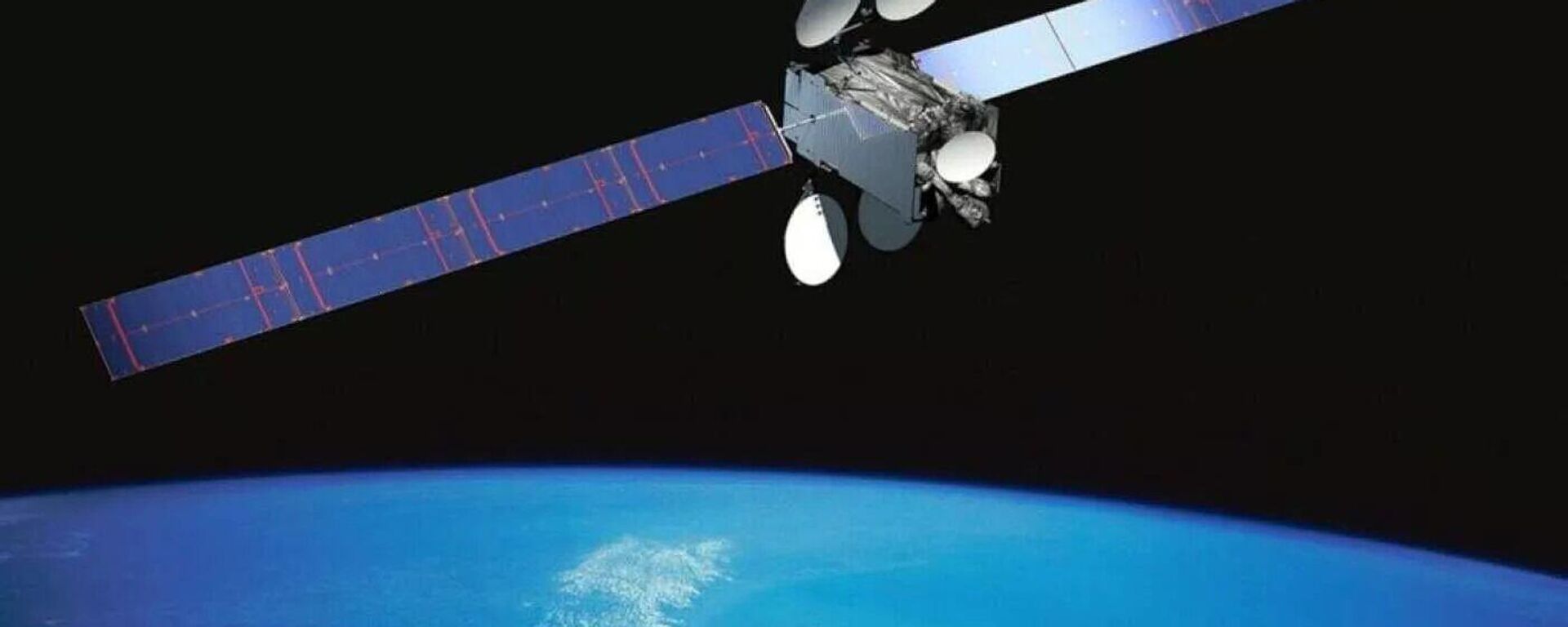https://sputnikglobe.com/20241022/debris-from-boeings-intelsat-33e-may-threaten-satellites-in-geostationary-orbit---roscosmos-1120643551.html
Debris From Boeing's Intelsat-33e May Threaten Satellites in Geostationary Orbit - Roscosmos
Debris From Boeing's Intelsat-33e May Threaten Satellites in Geostationary Orbit - Roscosmos
Sputnik International
Russian specialists have detected more than 80 pieces of debris from the broken up Intelsat-33e satellite, and the debris could threaten satellites in geostationary orbit, including Russian ones, Russia's Roscosmos space agency said Tuesday.
2024-10-22T16:41+0000
2024-10-22T16:41+0000
2024-10-22T16:41+0000
beyond politics
russia
roscosmos
boeing
satellite
orbit
https://cdn1.img.sputnikglobe.com/img/103726/25/1037262558_0:34:1023:609_1920x0_80_0_0_b5686f1bcca8f726de829641a7ee61c3.jpg
Based on the dynamics of the distribution of Intelsat-33e's debris, Russian experts said "there is a potential threat to all operating spacecraft, including the Roscosmos State Corporation orbital constellation, in the geostationary region of space," Roscosmos said, emphasizing that more than 80 fragments of the broken up satellite have been recorded in total.The collection of coordinate information is ongoing to identify new fragments, after which they will be included in calculations of dangerous approaches to spacecraft of the Russian satellite grouping, the agency said.Roscosmos first identified unidentified objects around Intelsat-33e's orbit plane on Sunday, saying the objects appeared on October 19.Launched in August 2016 aboard an Ariane-5 carrier rocket from the Guiana Space Center, Intelsat-33e was owned by Virginia-headquartered private satellite operator Intelsat, and ostensibly used to provide telecommunications services to countries in Europe, Africa, the Middle East, Asia and Australia.The satellite was designed by Boeing Space Systems, and was originally intended to have an operating life of 15 or more years at launch.US Space Command confirmed detecting the satellite's breakup October 19, with Intelsat formally declaring its loss on Monday.There has been no confirmation to date on what caused the breakup.
https://sputnikglobe.com/20241021/roscosmos-watches-unidentified-objects-near-us-satellite-close-to-russian-orbit-1120626580.html
russia
Sputnik International
feedback@sputniknews.com
+74956456601
MIA „Rossiya Segodnya“
2024
Sputnik International
feedback@sputniknews.com
+74956456601
MIA „Rossiya Segodnya“
News
en_EN
Sputnik International
feedback@sputniknews.com
+74956456601
MIA „Rossiya Segodnya“
Sputnik International
feedback@sputniknews.com
+74956456601
MIA „Rossiya Segodnya“
what is intelsat-33e, why did intelsat-33e break up, did boeing satellite just break up
what is intelsat-33e, why did intelsat-33e break up, did boeing satellite just break up
Debris From Boeing's Intelsat-33e May Threaten Satellites in Geostationary Orbit - Roscosmos
MOSCOW, October 22 (Sputnik) - Russian specialists have detected more than 80 pieces of debris from the broken up Intelsat-33e satellite, and the debris could threaten satellites in geostationary orbit, including Russian ones, Russia's Roscosmos space agency said Tuesday.
Based on the dynamics of the distribution of Intelsat-33e's debris, Russian experts said "there is a potential threat to all operating spacecraft, including the Roscosmos State Corporation orbital constellation, in the geostationary region of space," Roscosmos said, emphasizing that more than 80 fragments of the broken up satellite have been recorded in total.
The collection of coordinate information is ongoing to identify new fragments, after which they will be included in calculations of dangerous approaches to spacecraft of the Russian satellite grouping, the agency said.
Roscosmos first identified unidentified objects around Intelsat-33e's orbit plane on Sunday, saying the objects appeared on October 19.

21 October 2024, 17:17 GMT
Launched in August 2016 aboard an Ariane-5 carrier rocket from the Guiana Space Center, Intelsat-33e was owned by Virginia-headquartered private satellite operator Intelsat, and ostensibly used to provide telecommunications services to countries in Europe, Africa, the Middle East, Asia and Australia.
The satellite was designed by Boeing Space Systems, and was originally intended to have an operating life of 15 or more years at launch.
US Space Command confirmed detecting the satellite's breakup October 19, with Intelsat formally declaring its loss on Monday.
There has been no confirmation to date on what caused the breakup.



